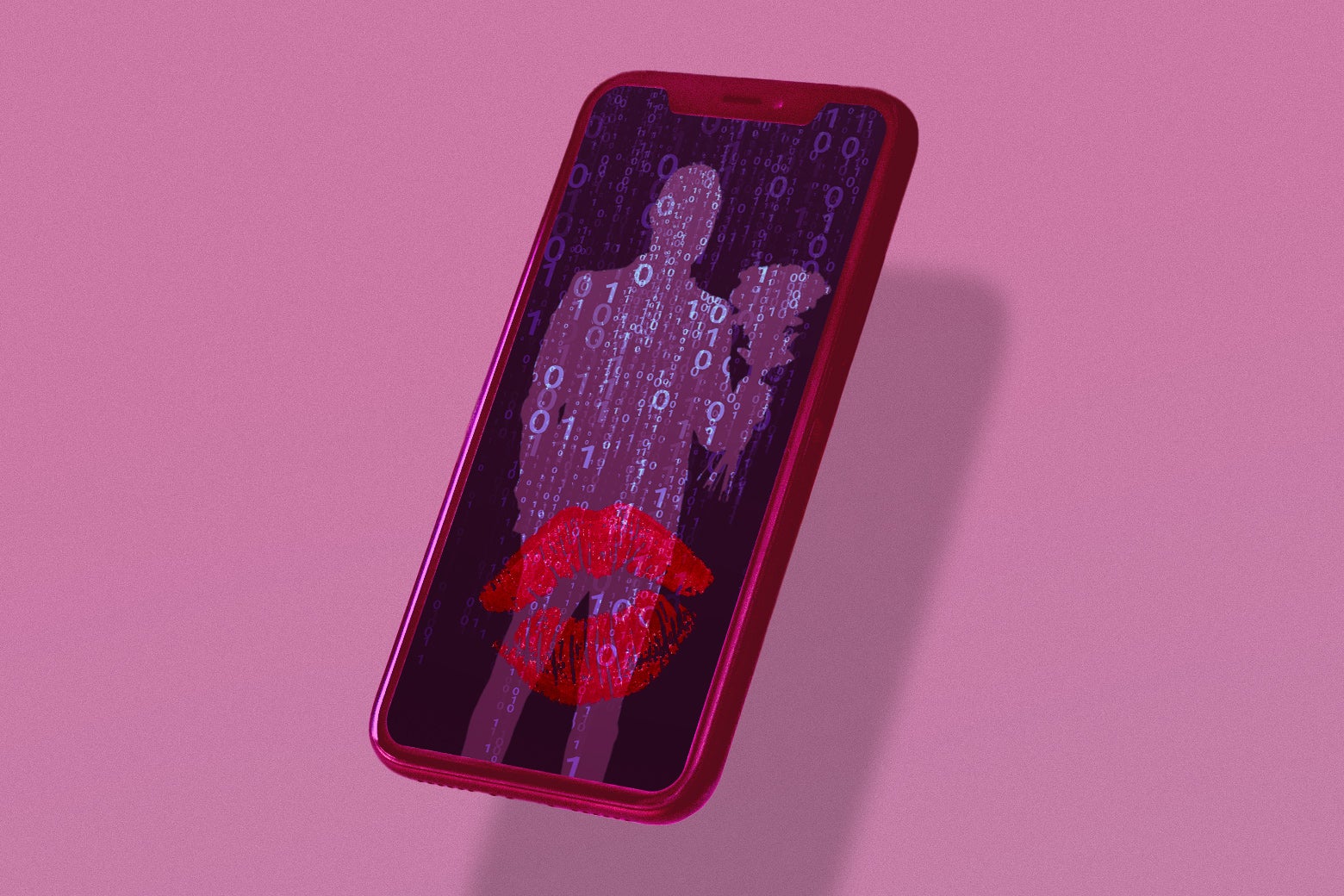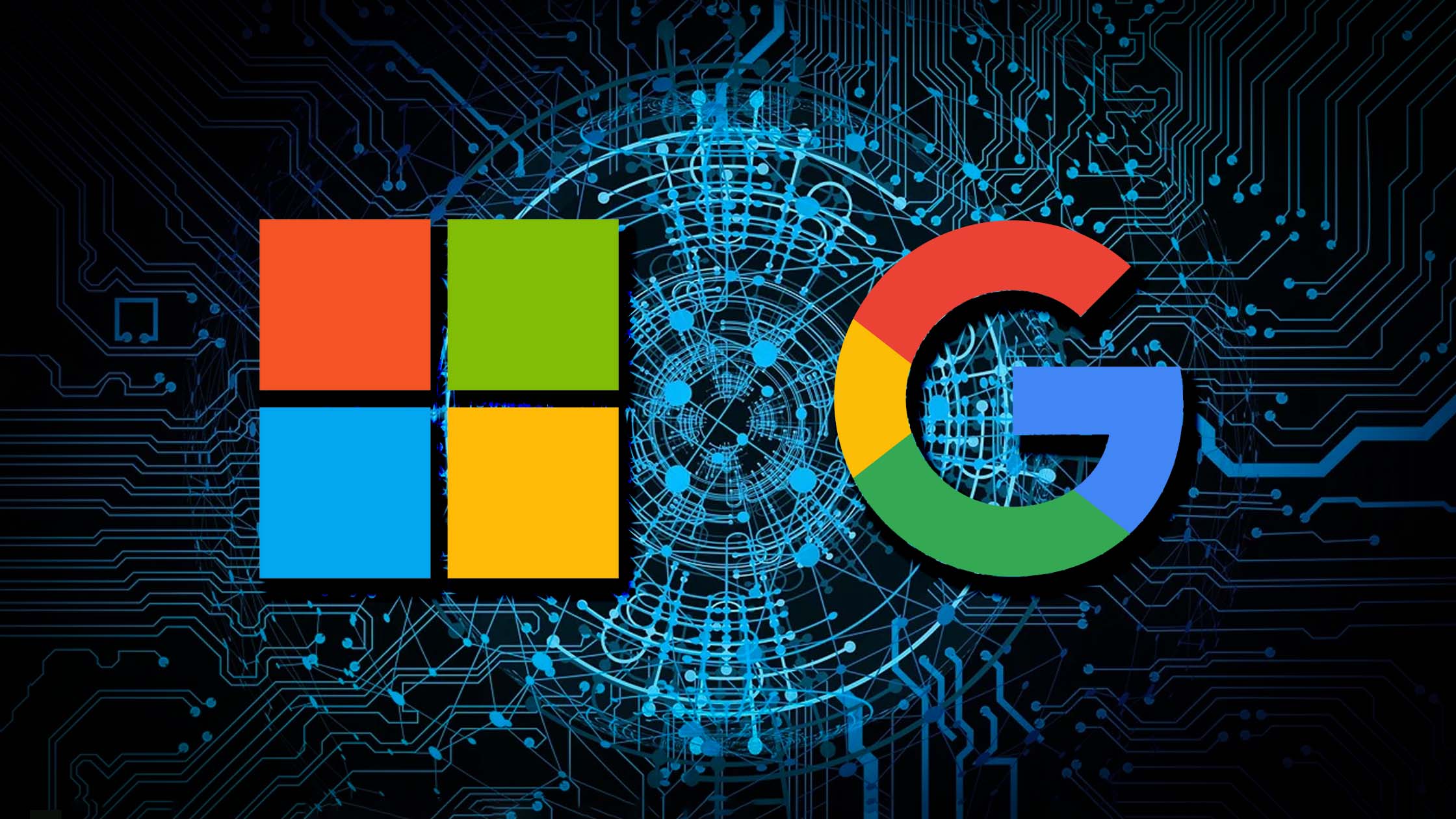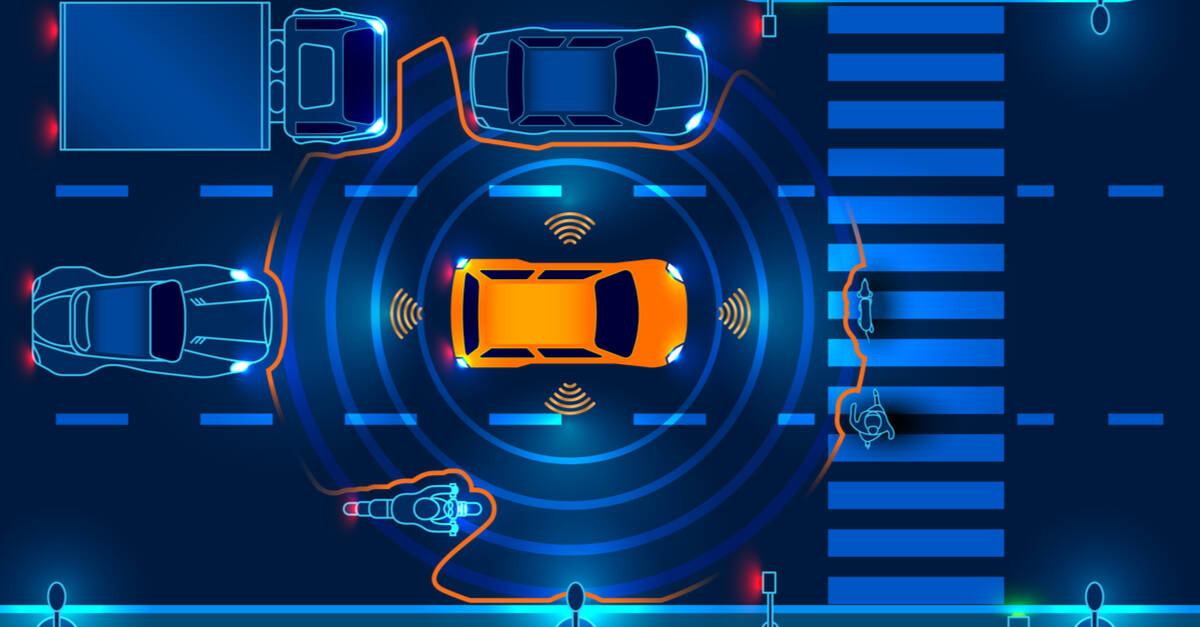Midjourney Unveils New V1 Video Generation Model for Animating Images

Midjourney, the innovative AI art generation platform, has recently launched its first video generation model, known as V1. This web-based tool empowers users to transform static images into short video clips, each lasting up to five seconds. The introduction of V1 symbolizes a pivotal advancement in Midjourney's overarching goal of creating real-time open-world simulations. Such simulations will necessitate the seamless integration of images, videos, and 3D models to forge dynamic, interactive environments that can captivate users.
The V1 model offers two distinct methods for animating images. The first is an automatic animation setting, which generates motion prompts to facilitate basic movements. The second option is a manual animation feature, allowing users to specify particular actions and camera movements with detailed descriptions. This flexibility is especially noteworthy as the system accommodates both images created within Midjourney and those uploaded from external sources, providing users with a versatile platform for video creation.
Furthermore, V1 introduces an innovative workflow for animating images. Users can easily drag and drop their images into a designated prompt bar, marking the chosen image as the starting frame for animation. After setting the initial frame, they can apply a corresponding motion prompt to initiate the animation process. The model includes two motion settings: low motion, ideal for ambient scenes characterized by slow or minimal action, and high motion, which caters to fast-paced scenes that involve dynamic camera and subject movements. However, it is important to note that using high motion can occasionally lead to unexpected glitches or errors in the animation.
When placed alongside other AI video generation tools currently available, Midjourney's V1 follows a distinctive approach. Unlike more established competitors like Runway or DeepBrain, which focus on delivering polished video assets complete with complex editing features and audio integration, V1 emphasizes the animation of static images while maintaining an aesthetic consistent with Midjourney's celebrated image models. While competitors such as Veo 3 are recognized for their capacity to create real-time videos with comprehensive audio integration and high-quality motion capture, V1 remains dedicated to simpler video outputs, centering primarily on the transition from image to video.
The launch of Midjourney's V1 Video Model has ignited enthusiasm within creative communities, with a plethora of users expressing their admiration for its stunning visual consistency and artistic appeal. Many users have even drawn favorable comparisons between V1 and its competitors.
AI artist Koldo Huici shared on social media, "Creating animations used to take 3 hours in After Effects. Now with Midjourney, I do it in 3 minutes! I'll tell you how ridiculously easy it is." Meanwhile, Gen AI expert Everett World remarked, "It's fantastic to have a new video model, especially since it's made by Midjourney - it opens up new, unexpected possibilities. Some generations look incredibly natural (anime looks great!). Even though it's only 480p, I think we're seeing interesting developments in the AI video space, and I'm so glad we can have fun with this model!"
Looking ahead, Midjourney envisions continually evolving its video capabilities, aspiring to make real-time, open-world simulations a tangible reality in the foreseeable future. Currently, the V1 model is exclusively available for web use, with the company closely monitoring user engagement to ensure it can effectively scale its infrastructure to accommodate growing demand.
This announcement arrives amidst ongoing legal challenges facing the company, such as a recent lawsuit from major entertainment giants Disney and Universal over claims of copyright infringement. Despite these legal hurdles, Midjourney remains steadfast in its commitment to technological expansion, viewing the V1 model as a significant leap toward realizing its vision for immersive and interactive digital environments.




























